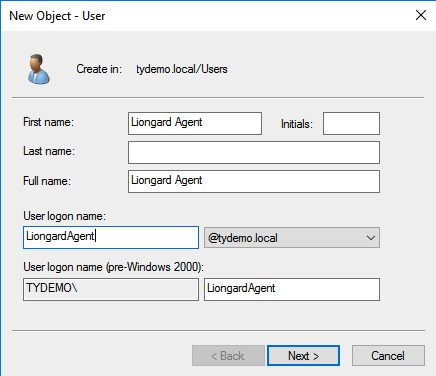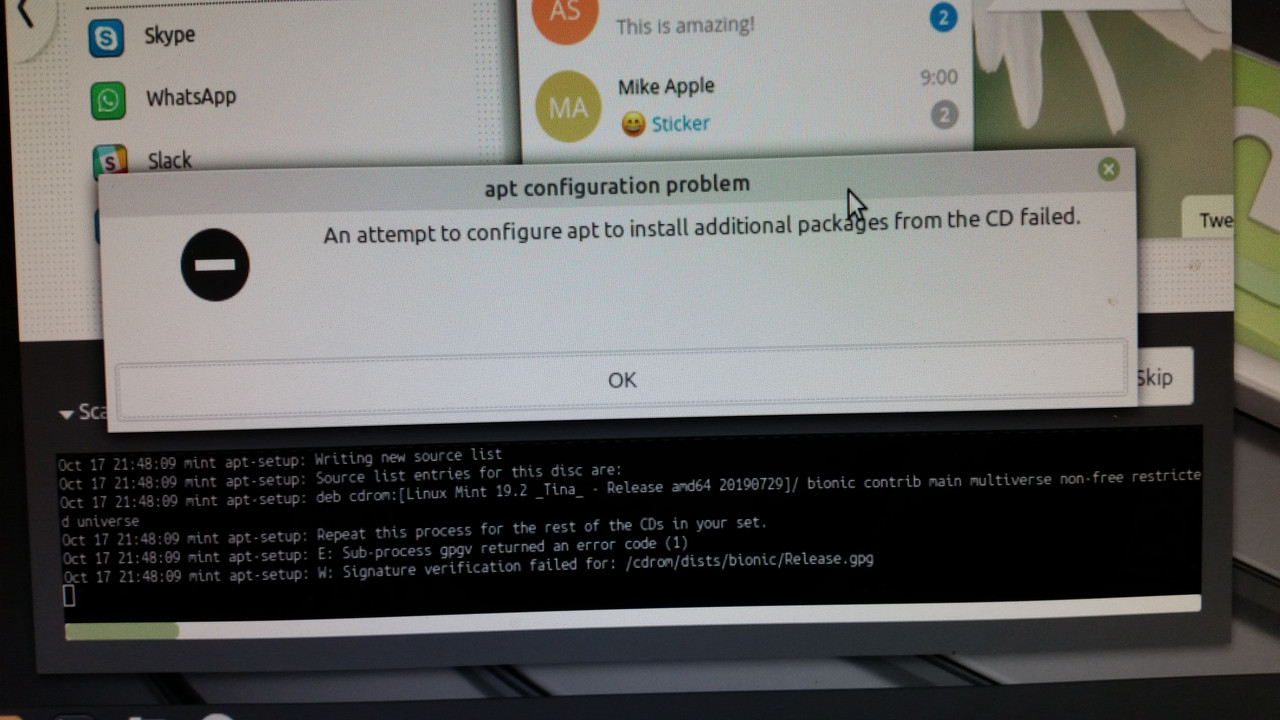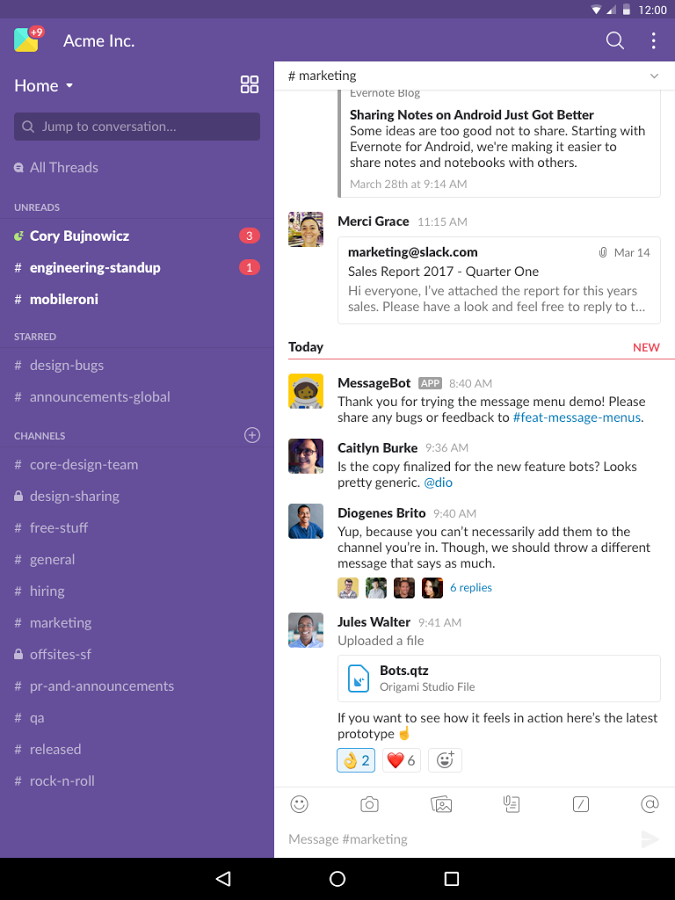Community Engineering Slack. To connect with Magento team and the Community, join us on the Magento Community Engineering Slack. If you are interested in joining Slack, or a specific channel, use our self signup link. MSI project slack channel: #msi. Msiexec.exe /i 'slack-standalone-4.6.0.0.msi' ALLUSERS=1 /qn /norestart /log output.log This will install slack on the machine and will be available to all profiles even for newly signed in. Slack apparently offers an MSI-Package now on their page. I obviously went for the machine-wide package (see and tried deploying it via GPO. Unfortunately, the language defaults to English and can't be changed.
To use your microphone with apps on Windows 10, you'll need to turn on some permissions in Microphone settings. Then, you'll need to check your app permissions if you want to use your microphone with apps. Here's how:
Select Start > Settings > Privacy > Microphone . In Allow access to the microphone on this device, select Change and make sure Microphone access for this device is turned on.
Then, allow apps access to your microphone. In Microphone settings, go to Allow apps to access your microphone and make sure it's turned on.
Once you've allowed microphone access to your apps, you can change the settings for each app. In Microphone settings, go to Choose which Microsoft apps can access your microphone, and turn on apps you want to use with it. For desktop apps, make sure that Allow desktop apps to access your microphone is turned on.
Ever wonder what really goes on during a software installation? When you click Next, Next, Finish, what really happens under the covers while you watch that progress bar slowly creep from left to right? The reality is probably far less interesting than you'd think.
At its core, a software installation is little more than a really big file copy, along with a set of registry changes. Indeed some installations perform special activities like installing drivers or registering ActiveX controls. But at the end of the day, even these 'special' activities are still not much more than file copies and registry updates.
I wrote an article for this site not long ago titled. In that article, I talked about some of the ways to automate this process. In every way, one of the biggest tasks is in getting that software installation to run silently. In a silent installation, everything that happens after you initiate the installer occurs without interactively prompting the user. Some dialog boxes might pop up, but they'll disappear on their own. Eliminating anything that requires the user to enter data or click a button is what makes a silent installation so powerful for automating software installation.
That power comes in distributing software through an automated tool. Many of such tools exist on the market today, including one that's built directly into Active Directory Group Policy. Using Group Policy Software Installation (or any of the other solutions) in combination with a silenced installation, you can fully eliminate all the time-consuming manual steps required for handling your user's software.
Today's software installations are most commonly distributed with one of two file extensions. Silencing the first, those with .EXE extensions, tends to be a slightly more challenging process. EXE-based installations do not have a universal switch structure for sending instructions to the installer as it goes about an installation.
Slack Email
Installations with the other file extension, MSIs, tend to be much easier. That's the case because MSI-based software installations all share in a universal switch structure. Sending instructions to an MSI-based software installation requires learning only a single syntax. That syntax looks generally like this:
msiexec.exe /q /l* {logfile.txt} /i {setup.msi} {NAME=Value}
MSI Switches, the Guide
Let me first spend a minute breaking down what you're seeing in the string above.
Slack Msiexec
msiexec.exe ' Commands to the Windows Installer service are invoked with msiexec.exe. This command can similarly be used for patching or uninstalling software as well.
/q ' This second switch instructs the installer not to show its graphical user interface during the installation. This is the most important switch for instructing an installation to run silently.
/l* {logfile.txt} ' This third optional switch tells the installer to log everything to the file found at logfile.txt. You can insert a full path into logfile.txt if you wish. While this switch is functionally optional, the log file data it produces becomes invaluable in troubleshooting an installation that doesn't complete correctly. Since the installation is silenced, the data in this log file often contains the only clues you'll ever get about what problems the installation is experiencing.
/i {setup.msi} ' This fourth switch points Windows Installer to the MSI file that contains the software you want to install. The contents of {setup.msi} can be either local to the machine or remote via a UNC path. This UNC path support is extremely useful, because it enables you to store your software installation files on a file server somewhere and invoke them over the network.
{NAME=Value} ' This fifth and final switch is the most challenging of all. While every MSI leans on a universal structure for sending commands to the Windows Installer, every installation is obviously different. Installing Adobe Acrobat, for example, requires an entirely different set of questions than does installing Microsoft Exchange. This final switch identifies those specific characteristics that are unique to each MSI installation by name and value, and enables you to set them at the command line. You can think of {NAME=Value} as your means for supplying the answers to the installers questions before it asks for them.
Autofill microsoft edge. So, for example, if you wanted to install the Adobe Flash Player to your desktop and had the correct MSI available, you might do so with the following syntax:
msiexec.exe /q /l* logfile.txt /i Install_Flash_Player_10_Active_X.msi REBOOTYESNO=No
But wait a minute: That command line above contains all the universal switches one might expect, except it ends with this fairly non-standard 'REBOOTYESNO=No' switch that's standing in for {NAME=Value}. Where did that come from?
Sleuthing for Custom Properties
As I mentioned earlier, each MSI has its own custom name and value pairs that answer questions the installation requires. Those pairs might identify an install folder, or add a license key, or in this case instruct the installer to prevent a post-installation reboot. The hard part with these name and value pairs, as you can surmise, is in discovering what they actually are.
MSI in all its universal configuration amazingness does not have a simple way of interrogating an installation to identify its custom name/value pairs. One published method to do this requires downloading the Orca database editor from Microsoft. This database editor has the ability to peer into an MSI to identify its characteristics. It can also edit those characteristics as a highly-advanced function, although doing so is an exceedingly complex activity.
In fact, even getting the Orca software requires multiple steps. You'll first need to download the Microsoft Windows SDK for Windows 7 and .NET Framework 4. Once downloaded, install the SDK's debugging tools. You'll find Orca, which is itself a separate installation, in Program FilesWindows SDK7.1BinOrca.msi. Double-click this file to install it to your management desktop.
Figure 1: Adobe Flash Player's MSI inside Orca.

Once within Orca, you can open an MSI and peer around to locate its custom settings. Take a look at Figure 1 where you'll see that the install_flash_player_10_active_x.msi installer has been loaded. Remember that MSIs are above all big databases of content and configurations that apply files to disk drives and keys and values to registries. Orca exposes these databases for what they really are.
Slack Install For All Users
Inside every MSI is a table called Property. That table identifies all the properties that are tagged to an installation. The name and value pairs discussed above are in fact properties (along with their values) as seen in Orca. Figure 1 shows a the RebootYesNo property that's configured in the Flash Player MSI installation by whomever created the install. Its value defaults to Yes. By setting REBOOTYESNO=No, you are effectively telling the installation to go about its business with every default property intact, except the one for REBOOTYESNO. For this one, change its value to No.

Just about any property you see in this table can be adjusted at the command line as you execute msiexec to kick off an installation.
While this method is the comprehensive approach, it is also the time-consuming approach. It also requires a bit of sleuthing to determine what property/value combinations will ultimately net you the result you need. Another alternative is to simply search the Internet for clues that others have found. A popular website that contains installation hints for many common software packages is www.appdeploy.com. A growing number of software companies also recognize the need to provide silencing information about their installation packages.
A second alternative is to find a software repackaging solution that handles much of this work for you. These solutions incorporate a range of tactics to gather the necessary silencing and customization information with the goal of presenting it in meaningful ways. MSI packaging solutions can be found by many third-party companies with a range of price points and feature sets.
Transformers
One final element of MSI installations merits discussion. This element consolidates a series of property changes and other MSI reconfigurations into a single file. An MST, or transforms file, is commonly used when an MSI's configuration database requires large scale changes to prepare itself for installation. Rather than requiring you to enter a long list of alterations at the command line, a transforms file consolidates changes into a single file that is invoked at the command line.
Unity 2. Unity is the ultimate game development platform. Use Unity to build high-quality 3D and 2D games, deploy them across mobile, desktop, VR/AR, consoles or the Web, and connect with loyal and enthusiastic players and customers. The majority of top 2D creators develop, launch their games and earn revenue with the help of the Unity platform. Learn what it offers, and how you too can benefit.

Thunderbird outlook. The generic use of a transforms file follows this structure:
msiexec.exe /q /l* {logfile.txt} /i {setup.msi} {NAME=Value} TRANSFORMS={Value}
In the command above the TRANSFORMS={Value} switch added to the command's end references a path to the MST file that has been specifically encoded to reconfigure the command's MSI file. Creating your own transforms typically requires the use of a software
Packaging is Art. Deployment is Science.
At the end of the day, getting a software installation packaged for silent installation is only the first step. It can also be arguably the most difficult step. One packaged, you'll need a software deployment solution to execute the command you've created on entire groups of computers at once.
Or, since this is a command line, you can keep walking the halls. Except this time you're not clicking Next, Next, Finish; you're typing long command strings into each computer's Run prompt.
My advice: Get a software deployment solution.
